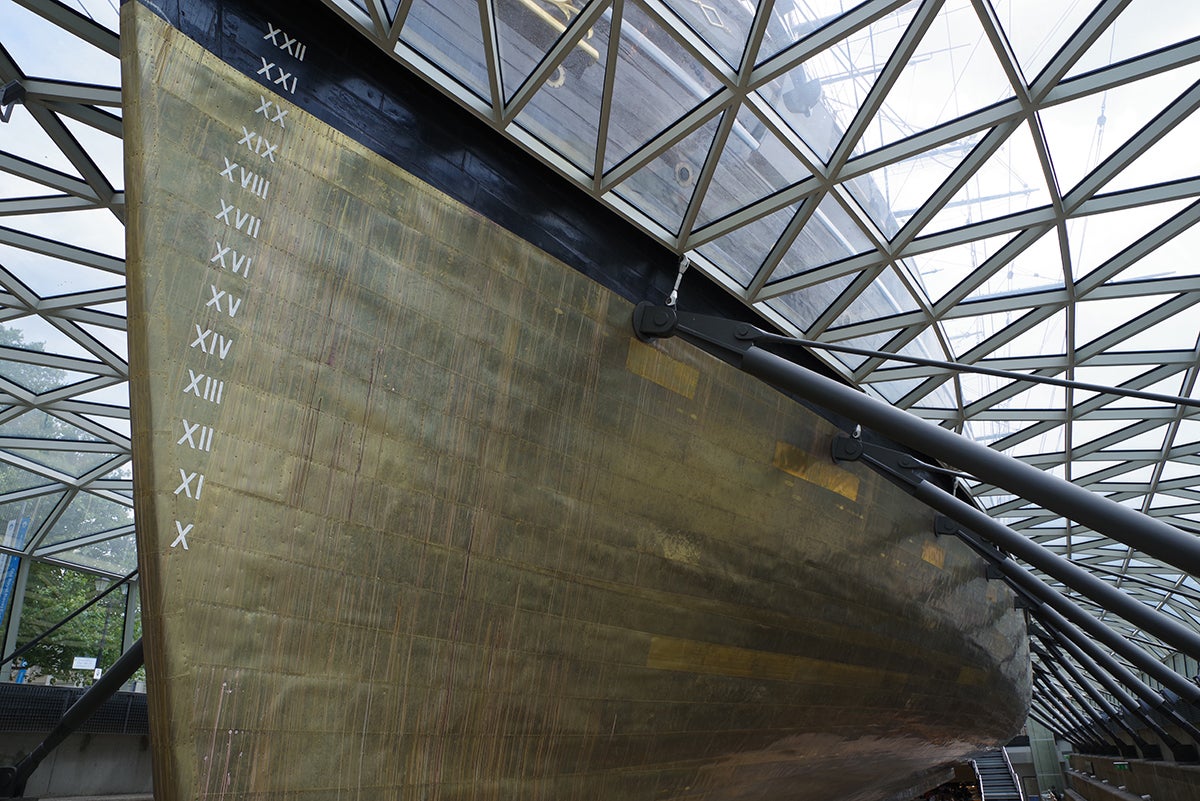The K-1 has the honour of being the first full-frame Pentax DSLR. Matt Golowczynski takes a closer look at this impressively specified camera in this Pentax K-1 review
Pentax K-1 review
Pentax K-1 review: Features
The K-1’s main attraction is its 36.4MP full-frame sensor. It operates over a large native sensitivity range of ISO 100 to 204,800, and forgoes an anti-aliasing filter to help capture finer details. This typically comes at the risk of aliasing artefacts, but the built-in anti-aliasing filter simulator can be called upon to minimise any ill effects.
Although the model is designed to work with lenses on which the image circle covers a full-frame sensor – principally, the steadily expanding Pentax D FA range – users with a collection of APS-C DA lenses will be pleased to learn that the K-1 can also support these at a reduced resolution of 15.4MP, with the usual 1.5x APS-C crop factor. This also has the effect of boosting the maximum burst rate from 4.4fps at full resolution up to 6.5fps. While 4.4fps may sound underwhelming, it is broadly on a par with other full-frame models that offer a similar pixel count.
The K-1 is furnished with the fourth iteration of the Prime engine to handle all operational and image-processing tasks. Ricoh states that this has been designed to handle higher resolution images than previous engines, while also ensuring that images captured at higher ISO settings maintain fine gradations.
As with other Pentax DSLRs, the K-1 is designed with an in-body Shake Reduction mechanism. This works in the same manner as other sensor-based systems, moving to counter shake across pitch, roll and yaw axes, and both vertical and horizontal shifts. In this respect, it’s very similar to the five-axis systems in Olympus’s and Sony’s mirrorless models, but this is the first full-frame model to promise 5 stops of correction.
This technology is also at the heart of many other features, including the Pixel Shift Resolution option. It also works with the camera’s GPS system to provide Astrotracer functionality. This can be used to capture long exposures of stars and other celestial bodies without the trails that normally result from the earth’s rotation.
Other features that owe their function to the Shake Reduction system include automatic horizon correction and composition adjustment, each of which moves the sensor to fine-tune composition. Electronic levels across both horizontal and vertical axes are also on hand to ensure things stay level, visible both in the viewfinder and on the LCD screen.
The list of additional features ranges from Wi-Fi connectivity and an interval timer for the creation of time-lapse footage to a comprehensive high-dynamic range (HDR) feature and the option to capture multiple exposures. It’s also possible to enable correction of lens aberrations such as diffraction, chromatic aberration, distortion and vignetting, either before images are captured or after, in raw processing. Full HD video recording up to 60fps is also on hand, with manual control over audio levels, and both headphone and microphone ports on the camera’s side.
All images and videos are recorded to SDHC or SDXC memory cards, and both HDMI and USB 2.0 ports are provided. Battery life is rated at 760 frames, which is somewhat lower than DSLR rivals but still considerably better than equivalent compact system cameras.






